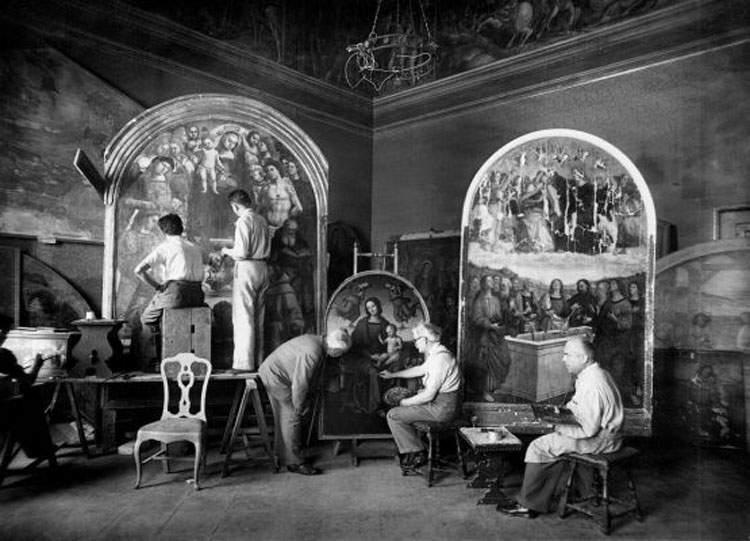Italy holds a treasure trove of historic photographs: there are as many as 23million of them
Italy possesses a great treasure trove of historical photographs: in fact, the archives of MiBACT offices hold some 23million photographic assets.
This is what emerged from the reconnaissance of the Central Institute for Catalogue and Documentation (ICCD) in collaboration with superintendencies, museums, museum poles and central institutes.
There are 7million phototypes in the ICCD alone: the Institute is therefore the largest archive of historical photography present in Italy with funds and collections of inestimable value. A patrimony that includes the photographs of the Gabinetto Fotografico Nazionale, the aerial photos of the Aerofototeca Nazionale, private collections and funds, and contemporary productions. Added to this immense figure are another 15,690,857 photographic holdings, the result of the recently concluded 2020 census.
The analysis involved 93 institutions, with a total of 118 photographic archives. The result was an extremely substantial heritage dating from 1839, the year photography was born, to the present day. The photographic archives turned out to be very heterogeneous both in terms of the type of materials preserved (negatives, positives and unicums made with different printing techniques and digital photographs) and the morphology of the photographic sedimentations (archives, photo libraries and diatheques; prints, negatives and specimens attached to catalog cards). These are both photographs produced to document the institutes’ activities and photographs received through donations and acquisitions.
The photo archives survey questionnaire covered general questions about the photographic archive, archive materials, digitization, research tools, preservation, and access to the archive.
In addition, some critical issues emerged on which reflection and action is needed, such as the need for enhancement and protection through interventions to support territorial realities in the management of this heritage. However, there are virtuous models of management of photographic archives, such as those of the Uffizi, the SABAP Photographic Archive of Friuli-Venezia Giulia, the Istituto Superiore per la Conservazione ed il Restauro (ISCR), the Polo Museale del Lazio and many others.
The reconnaissance is a first step in a larger project aimed at enhancing the national heritage, which should lead to widespread and simplified access to the collected resources and greater use of standards for description and digitization of materials. The information gathered forms the basis for future heritage management interventions, directed toward the preservation, enjoyment and enhancement of an extraordinary documentary heritage, imagining also a path of continuous training for those working in photographic archives, as well as facilitation of current work and support for the management of extraordinary projects. It is also possible to initiate systematic projects for the inventorying, cataloguing, preservation, restoration, digitization and valorization of the public photographic heritage, within a process in which the ICCD proposes to play a fundamental role of coordination and direction, as well as providing tools and methods to ensure homogeneity and quality of interventions.
Pictured, National Gallery of Umbria, Papacello Room (1947).
 |
| Italy holds a treasure trove of historic photographs: there are as many as 23million of them |
Warning: the translation into English of the original Italian article was created using automatic tools. We undertake to review all articles, but we do not guarantee the total absence of inaccuracies in the translation due to the program. You can find the original by clicking on the ITA button. If you find any mistake,please contact us.



























